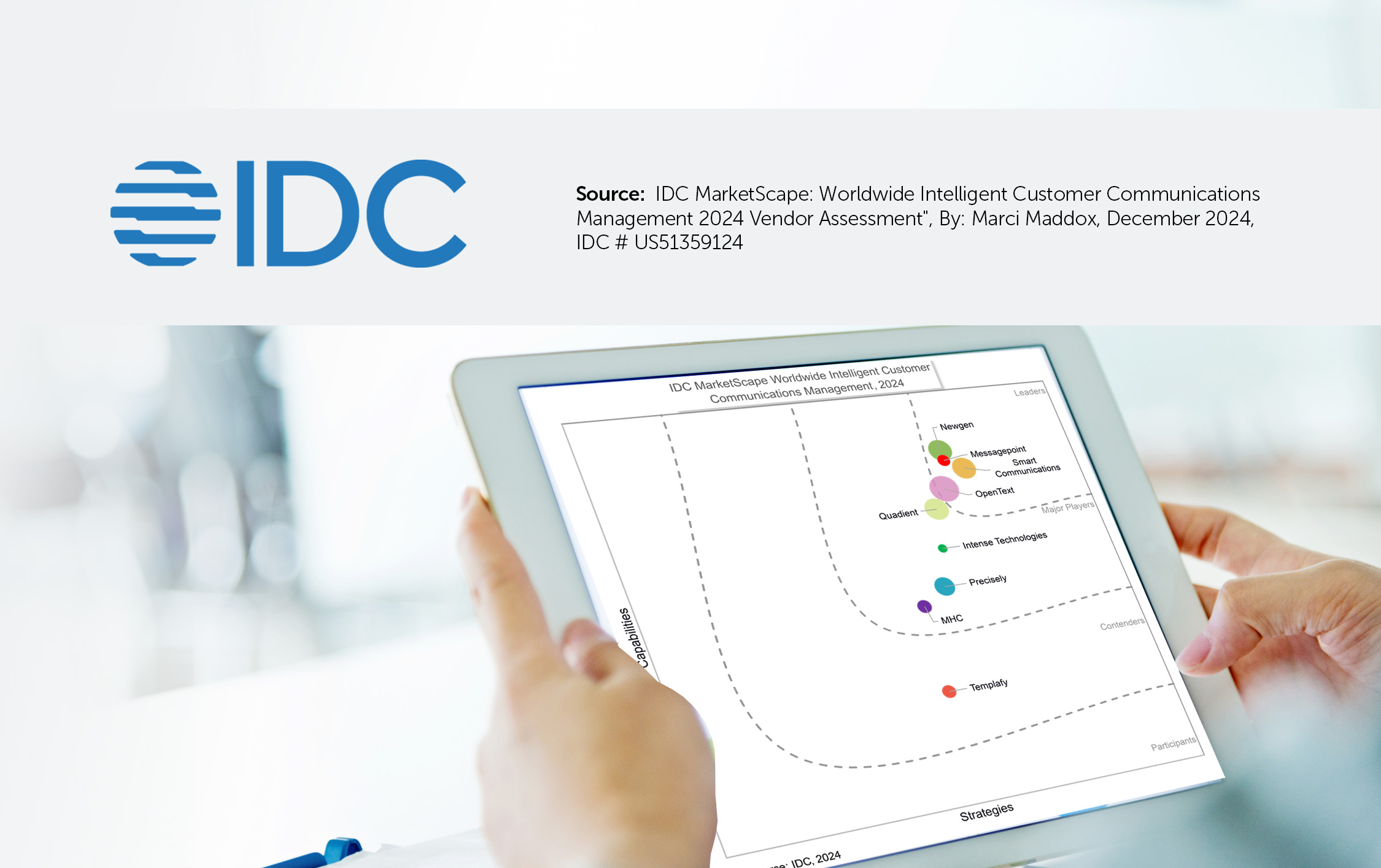
A recent InfoTrends study, co-sponsored by Prinova, titled “Direct Marketing Production Printing and Value-Added Services” found that 56% of marketer and print service provider respondents expect to send out the same amount of direct mail in 2016 as last year. More importantly, nearly one third (32%) plan to send out more direct mail this year. These survey results demonstrate that, despite the rise of digital channels, the value proposition for direct mail remains very strong.
But will all that change now that millennials are taking center stage in generational influence?
Much has been said over the past few years about the many unique characteristics of the millennial generation, so it shouldn’t come as a surprise to anyone when I say that millennials are, by far, the most digitally connected demographic we have seen. According to a study by Experian, 77% of millennials own a smartphone and 43% say that they now access the Internet more through their phone than through a computer, compared with just 20% of adults that are 35 and older. Moreover, millennials report spending at least 35 hours a week consuming digital media.
With statistics like these, you might be led to conclude that millennials, unlike earlier generations, are not a profitable target for traditional print marketing vehicles, like direct mail. While that conclusion might seem very reasonable on its face—as it turns out—it is completely wrong.
We know that one of the main strengths of direct mail is that it is consistently opened and read (by 66% of recipients overall). However, it may be surprising to learn that millennials open the direct mail they receive at the same high rate of 66%. Millennials also reported that, as a group, they last responded to direct mail on average within 2.4 months, shorter than the average response time reported by all respondents. Even more significant, 63% of millennials who responded to a direct mail piece within a three-month period actually made a purchase.
A study by the United States Postal Service (USPS) reached a similar conclusion about millennials’ interest in receiving political direct mail. Commenting on the study, USPS Sales Vice President Cliff Rucker said, “As the much-coveted demographic of 18- to 24-year-olds has grown up with and around computers, focusing exclusively on digital channels seems like the obvious strategy. What we actually found was that millennials are far more likely than non-millennials to read and engage with direct mail, particularly political mail.”
Overall, the InfoTrends research affirms several key points when it comes to how direct mail influences consumer purchasing behaviors, including:
All this shows that direct mail continues to be a win-win for those who send it and for the consumers who receive it. It remains critical to the overall media mix and can help drive cross-media engagement.
To ensure that direct mail is most effective, the customer communications management (CCM) platform used to create it should provide an intuitive interface for non-technical users to easily visualize and build out content and rules intended for each touchpoint. It should also enable a high degree of variability to service end consumer recipients with information that is highly relevant and personalized to their needs, ultimately, leading to an improved customer experience.
Direct mail has the proven ability to make a powerful impact with color, personalization, and more. The InfoTrends research affirms that increased integration of direct mail with other channels is proving to be an effective strategy for reaching all customers, including millennials. For all these reasons, the case for direct mail return on investment is as strong as ever.

TORONTO, December 5, 2024 – Messagepoint Inc. announced it has been named a Leader in the IDC MarketScape:…
Read more
IDC’s MarketScape for Intelligent Customer Communications Management evaluates vendors that natively own or integrate forms technology and artificial…
Read the whitepaper
The mortgage servicing industry is under immense financial pressure. With interest rates high and home prices still rising,…
Read the Article